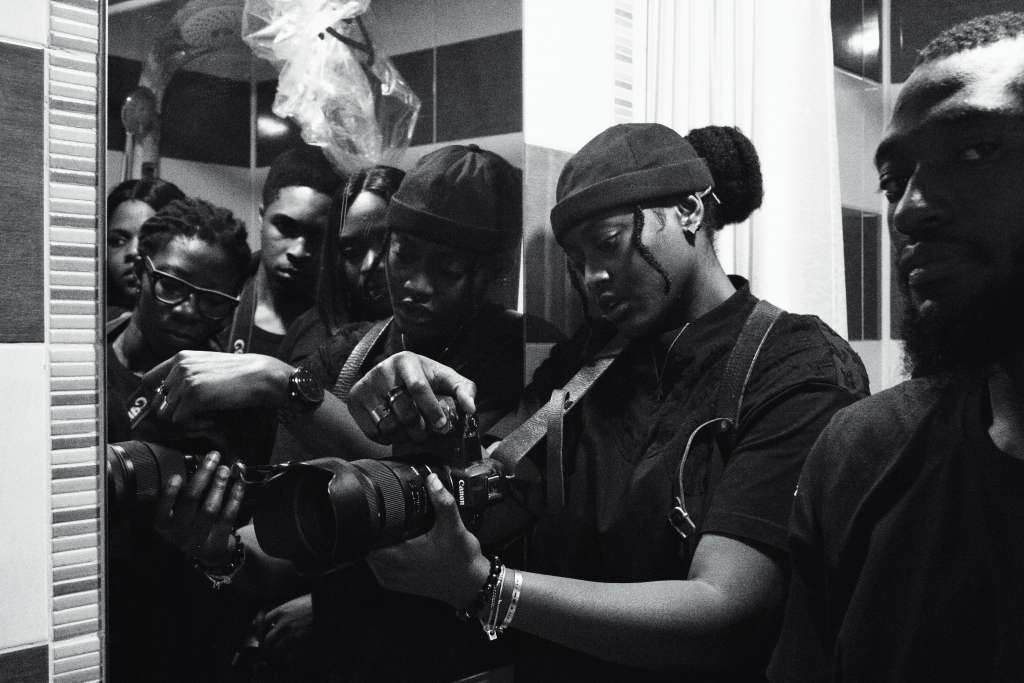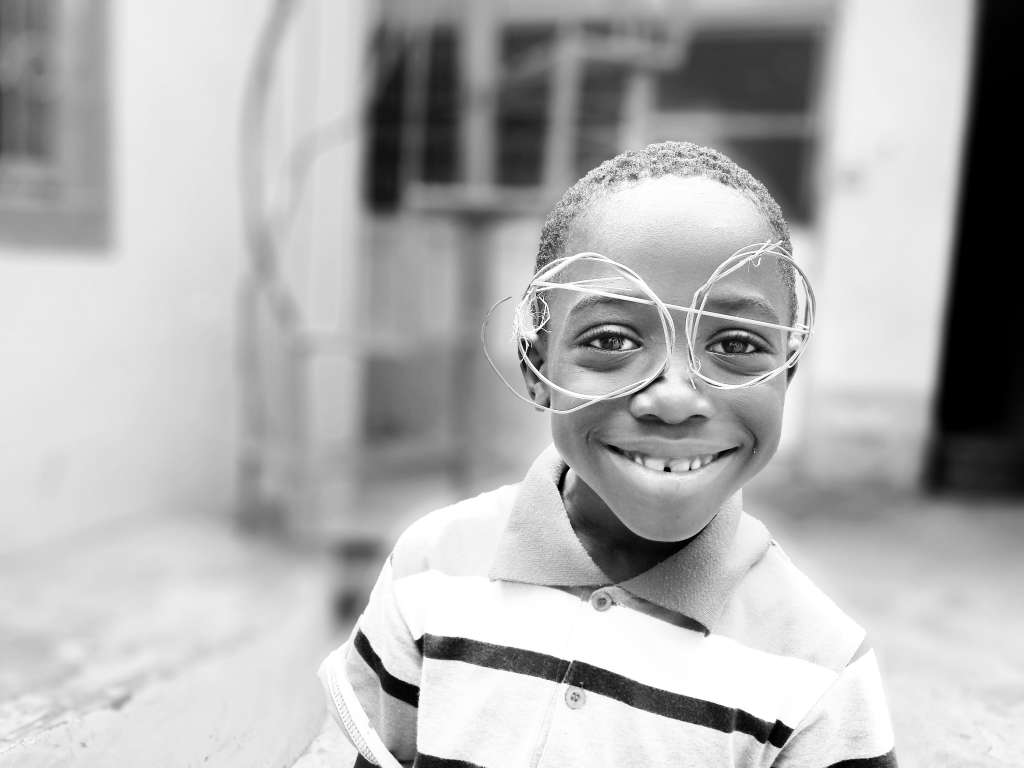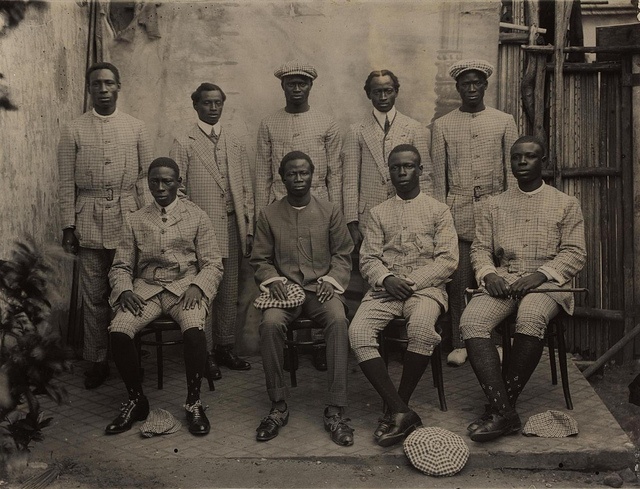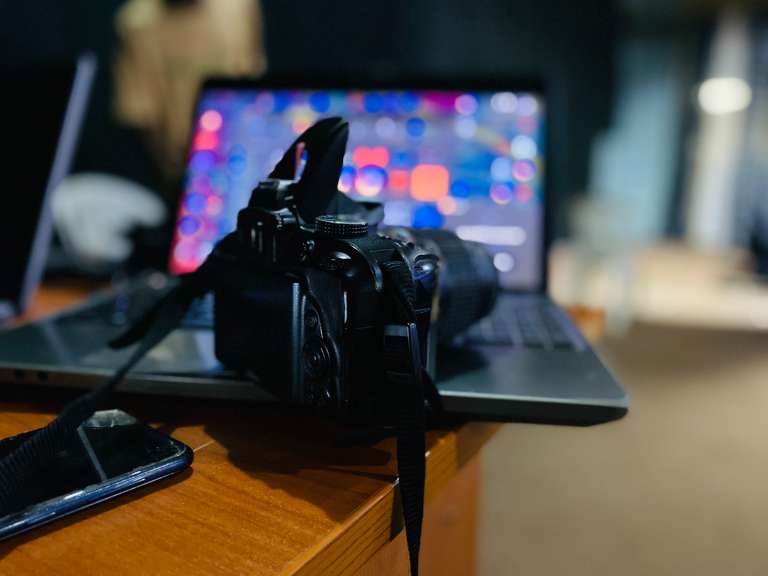Photography is a storytelling tool that can be used to convey the emotions of your subject. Whenever you look at a certain picture, you can always tell how the subject was feeling at the time when the image was taken. Emotions can only be observed in living things like human beings and animals. It would be difficult to tell the emotion of a table or a spoon inside a plate. As a photographer, it’s your responsibility to learn and hone the skill of capturing emotions and we are here with some great tips for you.
1. Capture your subject in their habitat
Capturing images of your subject in familiar surroundings helps them to feel at ‘home’. ‘Home’ doesn’t have to be where they live although it can be, home can be a restaurant they like going to, it can be the football field, it can be the gym or it can even be at work. As long as they feel comfortable and relaxed enough to freestyle poses for the camera. A great tip is to ask them to show you their best spot in this ‘home’ and ask questions on why that’s their best spot, for instance, it could be their favorite restaurant because that’s where they had their first date or they love a spot on the beach because it’s the perfect place to watch as the waves surge to the dry ground. Having such conversations would make them come alive with emotions. Human beings love to talk about themselves after all.

2. Keep on shooting
This just means to keep on taking random pictures of your subject without intervention. Asking them to pose can stifle their emotions a bit. Allow them to be in their natural element so you can easily capture the emotions. But you can direct them on how to place their legs, where to put their hands, or how to tilt their heads so the poses don’t end up being unprofessional but don’t be too uptight about it, be flexible. Furthermore, guidance on how to pose is better provided at the beginning of the shoot so when they finally ease into the mood, it’s easier to capture emotions but anything otherwise won’t give you the emotions you want because it’ll feel like a chore for the both of you. It’s important to note that emotions can manifest through face and hands so make sure to focus on those while taking your shots.

3. Connect with your object
Before you even pick up your camera and start the shoot, connect with your subjects. Ask your subject how they are, if they’ve had something to eat(so they don’t feel weak and tired during the shoot), if there was traffic on their way to the shoot etc, this builds familiarity with you and makes them feel comfortable for your shots. Ask them what song they are feeling at the moment, and play it for them using a loudspeaker, you’d agree that everyone has their own songs that put them in that mood no matter how gloomy they feel. Make sure there’s adequate ventilation and the location of the shoot isn’t stuffy or filled with too many people, because this might make your model feel nervous or tense.

4. Simplify the shot
This simply means eliminating any form of distraction from your background. This allows all the focus and attention to be on the subject. If you don’t keep this in mind, you might end up creating an image with the precise emotion you wanted but no one will notice because they are too busy looking at the background because it’s distracting. While you need to be careful about using a distracting background, a well-chosen background adds emotion to compliment the image. A sunny or brightly colored background can help to compliment a happy moment while a dark and gloomy background could compliment a sad or fearful emotion. Shooting indoors and with props also provides an opportunity to customize a feeling of what you’re trying to portray, for instance shooting someone sad in a room of happy people would convey the feeling of sadness faster than shooting them alone.

5. Nail your lightning
The lighting you use and the shooting environment can have a big impact on how your photos convey emotions. It may be beneficial to take pictures on a gloomy day if you want to give the shoot a somber atmosphere, but it’s not the best option for happier photo shoots. Consider the ideal time of day before taking a picture of someone else. Golden hour, for instance, will make people appear younger and evoke feelings of liberation, joy, and optimism. Also, it’s crucial to consider the direction of the light in your portrait. Whether you place the subject lit up with their back to the window or gazing towards it, window light, for instance, can help to add a hopeful or thoughtful atmosphere to a photograph.

6. Consider color
The expressions “seeing red” and “feeling blue” are very common because it shows a connection between colors and emotions. You can take advantage of the emotional connections between colors when photographing people. The colors in your picture can help the viewer more strongly experience the emotion depicted, whether it’s with the backdrop you shoot against or how you adjust colors in post-processing. The rules for using color to evoke emotion are generally the same as those for using illumination. Darker, more muted hues have a tendency to appear, well, muted. Blues, grays, and dark green are some examples of darker, heavier hues that will tend to give your images a heavier feel.

7. Focus on the eyes
The eyes are a great way to caption emotions up close. Taking headshots and zooming in on the subject helps to capture how your subject is feeling. Just as it sounds, you enlarge the subject’s face so that it fills the entire frame. This naturally puts the entire emphasis on how people are feeling, and it is successful in producing a profoundly emotional portrayal. A person that’s smiling may not necessarily have smiling eyes until you take an up-close shot and that’s why the eyes are so important. But there are situations when the eyes can be closed as a result of a powerful emotion. When experiencing intense emotions, such as sobbing, agony, or tremendous delight and contentment, a person may frequently close their eyes. Another point is you shouldn’t force emotions out of your subjects, if they’re feeling sad, you either take a sad picture or try another time because if you force them to show a happy emotion, it would always reflect in their eyes.






7 Tips on How To Photograph Real Emotions